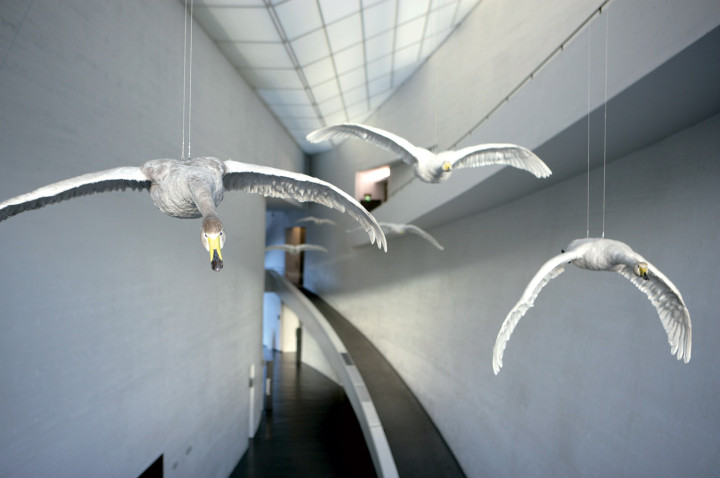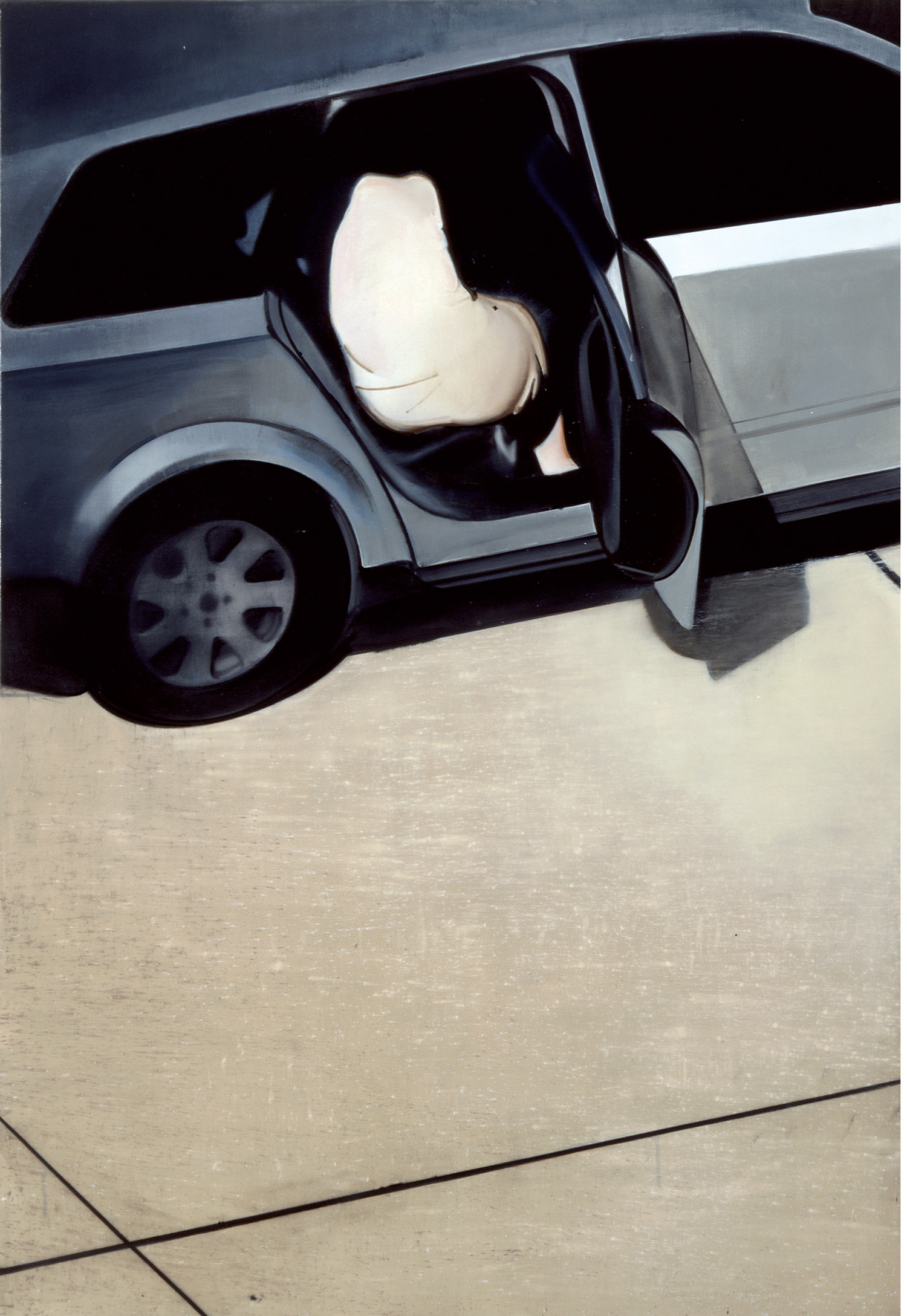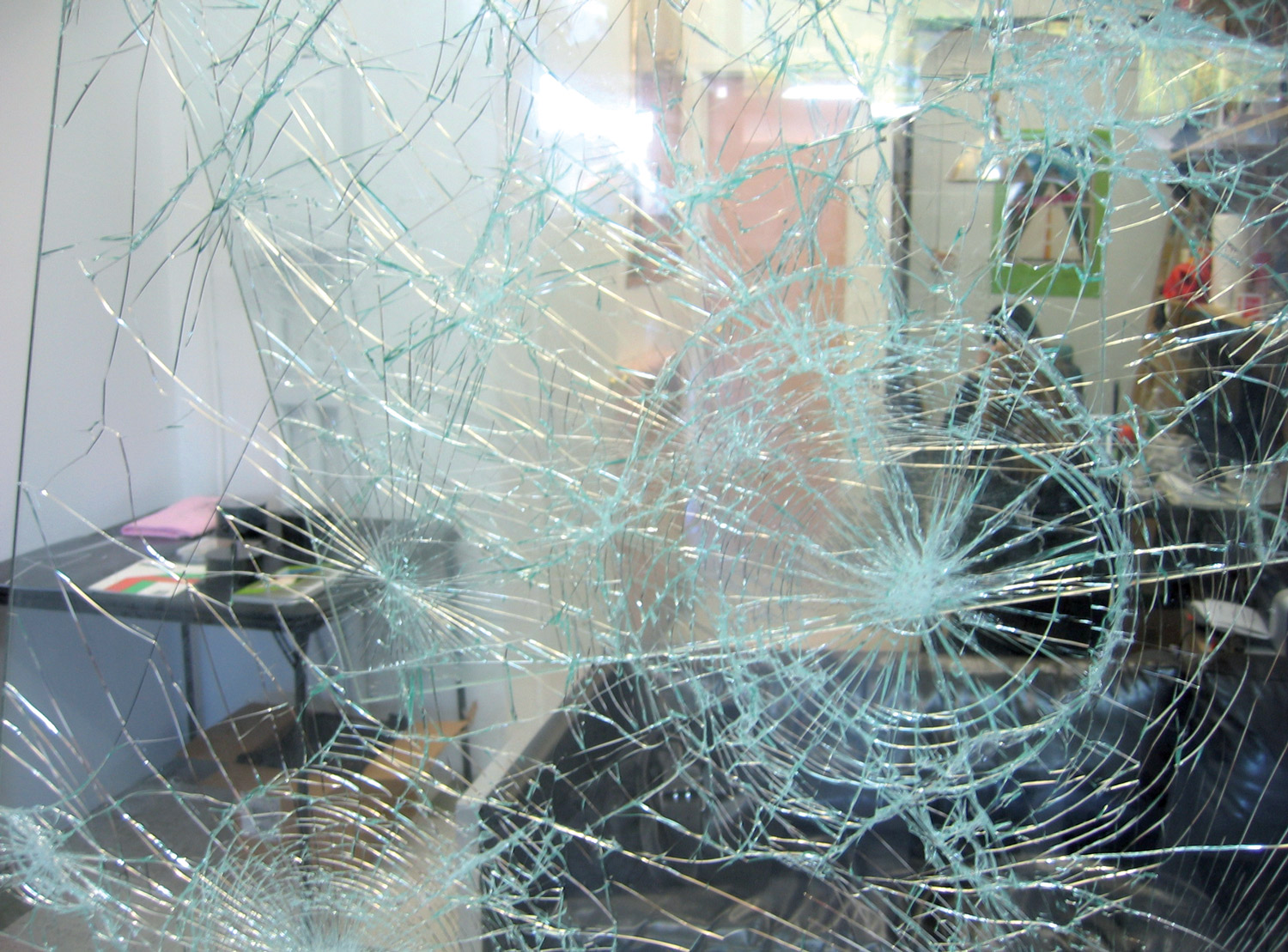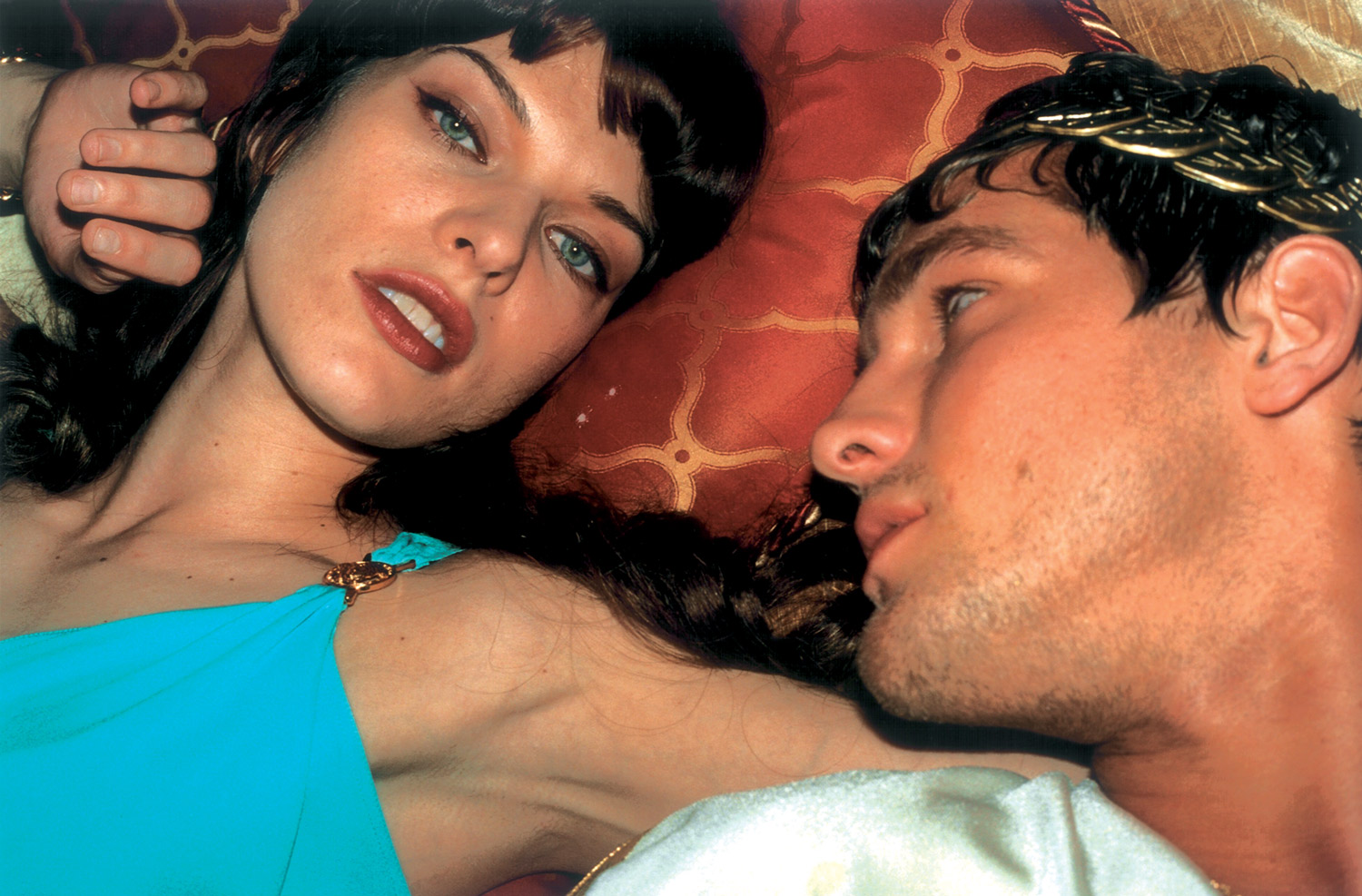
For decades the ARS show has been the best Finland could offer in terms of global contemporary art. It started off as an effort to educate Finns on recent developments in the international art scene, but with the globalization of Finland it has developed conceptually into a sharply provocative, debate-raising event. However, this year’s edition of ARS demonstrates a radically different approach.
Recently, President Tarja Halonen almost lost the presidential election to a Conservative candidate, narrowly winning with less than a 2% majority. The general mood in Finland is becoming more conservative and it is only logical for this process to be reflected in the institutional art scene as well. After the election results all my questions about why a major independent public art museum in Finland would try to pretend to be a commercial art gallery disappeared completely.
One of the central themes in ARS 06 is the idea of paradise. To make this point as clear as possible, the museum space is rich with works featuring nature in all its forms and manifestations. It’s been quite a while since I saw a show with so many animals in it. The exhibition is a straight and rather uneventful trip between two opposites: it all starts with swans flying across Kiasma lobby towards a (Gerda Steiner and Jörg Lenzlinger’s work), where they contemplate shrubs and rubbish of human civilization together with a bunch of other animals, and ends with Genesis according to parrots, a video installation by Sergio Vega that features parrots discussing Genesis and colonialism. But, of course, paradise is lost and anyway we wouldn’t be able to distinguish paradise without the other extreme. Indeed, on closer look, every idyllic scene reveals signs of decay, entropy and corruption. Nasty looking intestines spill out from perfectly geometric wall tiles in Adriana Varejão’s installations; Kent Henricksen alters bucolic rococo embroideries by adding objects associated with S&M and the Ku Klux Klan; and there is even more embroidery by Angelo Filomeno with his trademark luxurious horror scenes. The spectator is invited to consider Buddhism’s traditional view of paradise as an inner refuge and place of meditation (in the works of artists such as Montri Toemsombat, Tabaimo and Shu-Min Lin); the idea of lost paradise in Carl Michael von Hausswolff and Thomas Nordanstad’s video on abandoned Hashima island; and the seemingly unavoidable paradise of Japanese cyber-punk fairies in Motohiko Odani’s work.
Most of the pieces in the show seem to share a simple ‘one thought-one work’ unambiguous approach and gallery-like craftiness. All in all, the choice of works follows the conservative themes of the exhibition. As Kiasma Museum director Tuula Karjalainen puts it in foreword to the exhibition catalogue, “We no longer have an absolute certainty of right and wrong; everything has become so complicated and very relative.”
Of the works that stand out, some that should be mentioned are Mark Raidpere’s video 10 Men, presented last year in the Estonian pavilion at the Venice Biennale, an exceptionally absorbing piece portraying ten convicts; Charles Sandison’s media installation (Cycle I) that creates its own linguistic world; The 1st Complaints Choir of Birmingham by Tellervo Kalleinen and Oliver Kochta, who amazingly succeeded in uniting the catharses of creating art and complaining.
During the opening, Roi Vaara presented his new performance, Golden Handshake, where the artist shook hands with the public, leaving small flecks of gold on their hands. The image of the Finnish Parliament served as a backdrop for this performance.





